
History of Democracy in Guam
A common political fallacy is that democracy was a babe born in Guam during the mid-20th century under American rule. The fact is that democracy

A common political fallacy is that democracy was a babe born in Guam during the mid-20th century under American rule. The fact is that democracy

Since the claim by Spain over the Mariana Islands in 1565 and the settlement of Jesuit missionaries and conquest of the CHamoru people in the
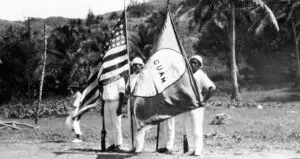
Few peoples in the world have had continued colonial status for the past 330 years. However, the CHamoru people can claim this unfortunate distinction. It
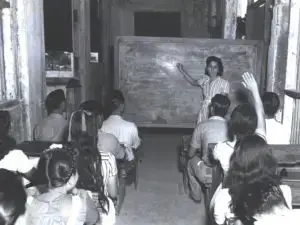
Following World War II, the people of Guam faced not only the looming reconstruction of community structures and homes, but also institutional and cultural change.

As a result of America’s victory in the Spanish-American War, Spain sold Guam to the United States in 1898. Before long, it was determined that

Pedro Martinez Ada (1903 – 1995) founded numerous enterprises with his wife, Maria Palomo Ada, including a general store, supermarkets throughout the island, warehouses, a
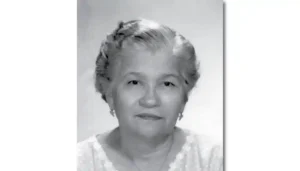
Maria Palomo Ada (1903 – 1996) also known as “Tan Maria” to the many in the community who knew her, co-founded a series of business

Josef Martinez Ada (1885 – 1955) founded Ada’s Soap Factory, which was Guam’s most successful soap factory from the early 1930s until his death and
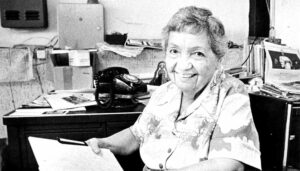
Ignacia Bordallo Butler (1897 – 1993) was a CHamoru entrepreneur and business partner with her husband, Chester Butler, who together successfully ran Butler’s Inc. She
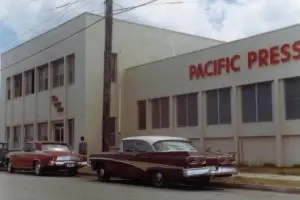
Joseph Flores (1900 – 1981) was the first CHamoru to serve as governor of Guam. He also founded Guam’s first locally owned newspaper and financial